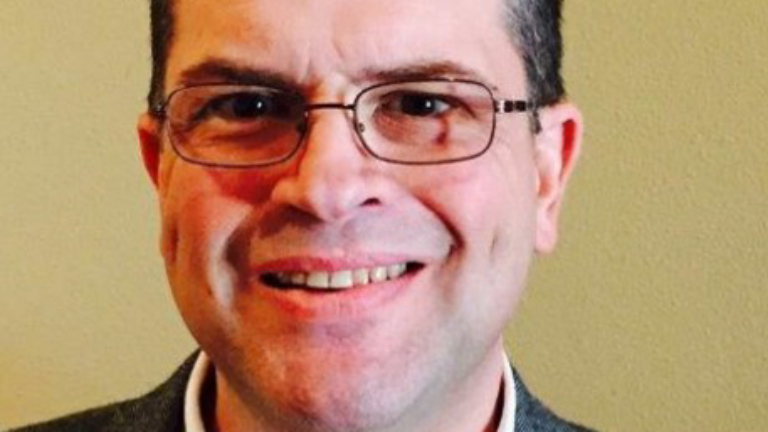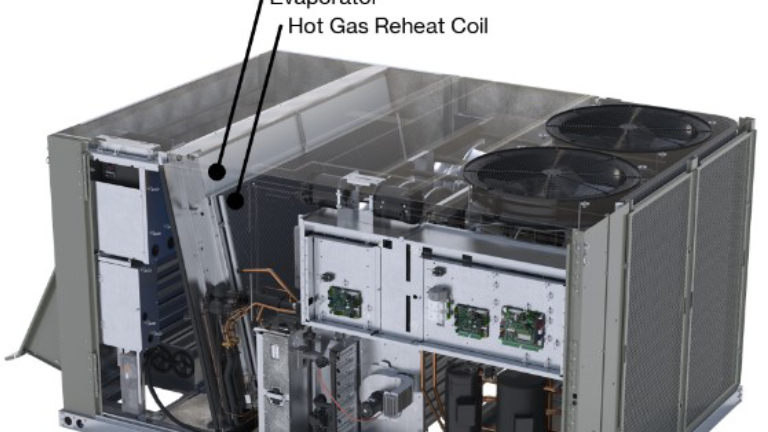Quick Facts
- Topics
- Engineers Newsletter

About the Authors
Greg DuChane, Applications Engineer
Greg joined Trane in 1989 after earning a Bachelor’s Degree in Mechanical Engineering from Purdue University. Throughout his 34-year tenure, he’s worked with large, national retail and restaurant chains in various capacities—first as an account executive for Trane National Accounts, then as a regional sales manager for Trane’s global business development group, and recently as Key Accounts Sales Leader. His considerable experience with the application of unitary and dedicated outdoor-air systems, as well as ventilating the commercial kitchens of large restaurant chains, gives him a unique perspective on how such applications affect the HVAC systems in restaurant and retail applications.
Greg is past Chair of ASHRAE Technical Committee 5.10, Commercial Kitchen Ventilation, and is the current handbook chair. He is also a member of the Restaurant Facilities Managers Association (RFMA) Education Committee, a frequent speaker at their conferences, and a member of SPECS where he served on the Advisory Board.

Eric Sturm, Applications Engineer
Eric joined Trane in 2006 after graduating from the University of Wisconsin – Platteville with a Bachelor of Science degree in Mechanical Engineering. Prior to joining the Applications Engineering team, he worked in the Customer Direct Services (C.D.S.) department as a marketing engineer and product manager for the TRACE™ 700 load design and energy simulation application.
In his current role as an applications engineer, Eric’s areas of expertise include acoustics, airside systems, indoor agriculture, and indoor air quality. He is currently involved with ASHRAE® as a member of the Standard 62.1 project committee, the indoor agriculture technical committee, and the sound and vibration technical committee. Eric is the recipient of the ASHRAE Distinguished Service Award and Young Engineers in ASHRAE Award of Individual Excellence.

Particularly in packaged, direct-expansion (DX) equipment, hot gas reheat is a popular means for providing active humidity control. Hot refrigerant vapor leaving the compressor is diverted by a valve so that it flows through a reheat coil, which is located downstream of the cooling coil (evaporator) in the airstream. Heat is transferred from the hot refrigerant vapor to reheat the cool, dehumidified air leaving the evaporator. This can enable active control of both the zone dry-bulb temperature and the zone humidity level. And it uses heat that is recovered from the refrigeration system; heat that would otherwise have been rejected outside the building.
In this Engineers Newsletter (EN), Trane applications engineers Eric Sturm and Greg DuChane explain the new humidity control requirement in Standard 62.1, walk through a psychrometric analysis that demonstrates the need for “active” humidity control at part-load operating conditions, explain how hot gas reheat is controlled in both a single-zone system and a multiple-zone VAV system, and discuss the benefits of modulating control of the hot gas reheat valve compared to staged or cycled control.
Download the latest issue of the Engineers Newsletter (EN) to read it now.
Engineers Newsletter
More about Trane Engineers Newsletters
Engineers Newsletters are topical, informative articles that provide engineering professionals who design HVAC systems with reliable, objective, and technologically current information in a non-commercial format. They've been published by Trane’s Applications Engineering team since 1972 and have long been a trusted technical resource throughout the industry. Subjects range from HVAC system configurations to acoustics to interpretation of ASHRAE standards.
Engineers Newsletters are provided to customers free-of-charge. Current and past issues can be viewed on trane.com/EN, and you can even subscribe to receive e-mail notification when a new issue is published.
